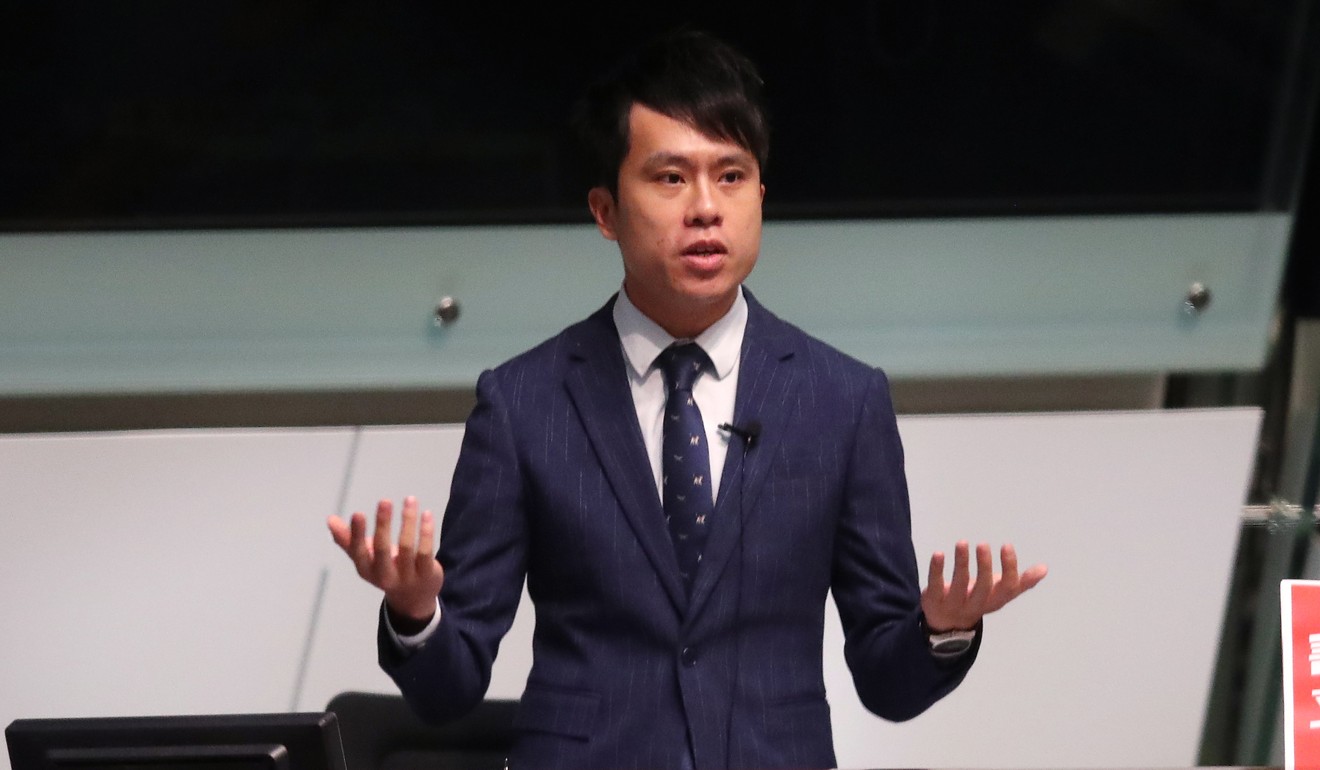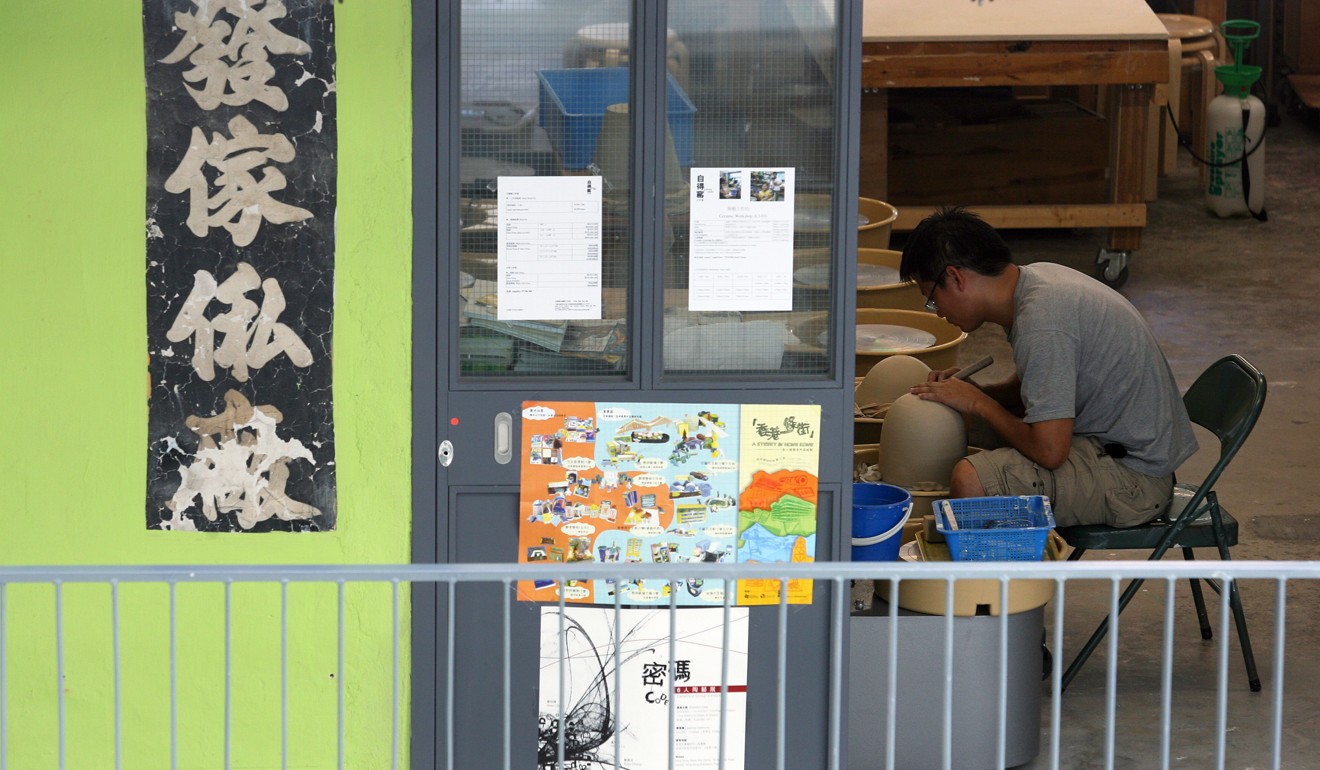
Hong Kong NGOs can apply for up to HK$60 million to transform vacant government sites, lawmaker says
- Arts groups, youth centres, community recycling centres or animal rights groups will all be eligible to apply for the funding
- There are some 830 vacant government sites in the city
Hong Kong’s non-governmental groups are able to apply for a subsidy to transform vacant government sites for their purposes, capped at HK$60 million (US$7.7 million) for each project, a lawmaker revealed on Monday.
The cap, disclosed by the Democratic Party’s Roy Kwong Chun-yu, is the latest detail of the government’s HK$1 billion (US$130 million) fund to revitalise those sites and was one of the initiatives introduced in February by Financial Secretary Paul Chan Mo-po.

The cap means the total subsidy will be enough to fund about 17 full cost revitalisation projects, while there are some 830 vacant government sites, including 28 abandoned schools.
Kwong said the Development Bureau gave him the details after repeated requests, and that the bureau planned to put the plan forward for discussion in the Legislative Council at the end of this month.
He said non-profit organisations such as arts groups, youth centres, community recycling centres or animal rights groups would be eligible for the subsidy.
About 300 hectares of Hong Kong government land underutilised or vacant, study by concern group finds
“I think the programme can benefit some arts groups, providing them a chance to breathe when they are facing eviction from industrial buildings,” Kwong said.
But he said the capped amount would not be enough for many non-profit groups, because a lot of the vacant sites were dilapidated with a lack of basic facilities, which required a lot of refurbishment.
“In the case of some abandoned schools, just fixing the pipes and slopes would require tens of millions,” Kwong said.

Chris Chan Kam-shing, a member of the Arts Development Council, which advises the government on related matters, said the conversion of a factory in Shek Kip Mei into the Jockey Club Creative Arts Centre already cost HK$60 million a decade ago.
Chan said he was also worried that the proposed capped amount would not be enough.
Plan to use idle land held by developers could be short-term answer to Hong Kong’s housing problem
Chan hoped the government could be flexible in setting the cap on a case-by-case basis.
Kwong believed the cap would mean bigger groups with more resources would be more likely to gain a site for revitalisation.
“The government should help weaker and smaller NGOs more,” he said.
He suggested that officials provide each project an initial funding – decided by each project’s specific requirements – to cover the expenses in fixing basic infrastructure. The rest of the revitalisation costs could be reimbursed, he added.

